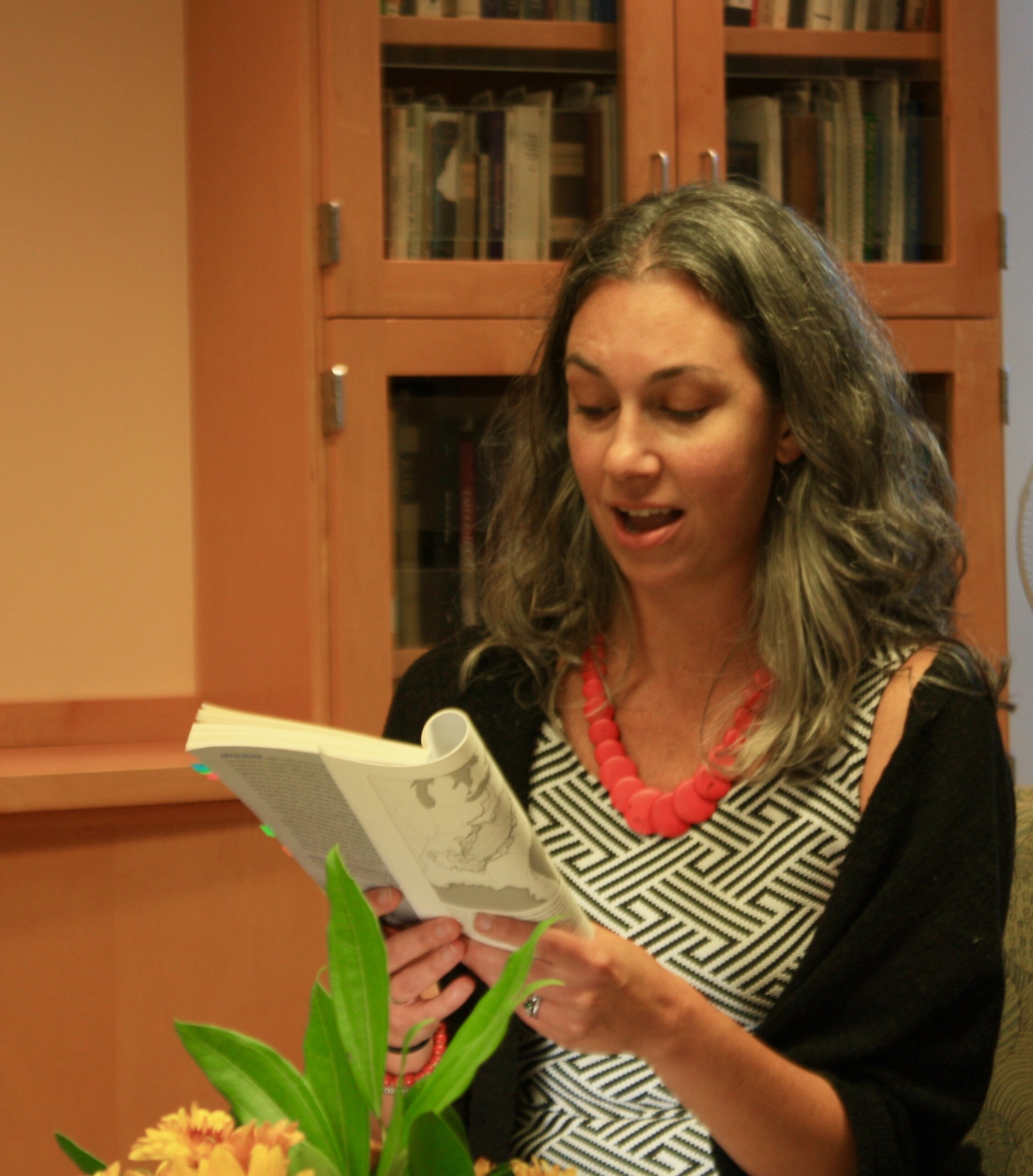McCarroll’s book debunks myths about Appalachia
September 28, 2018
 Lauren Caffe
Lauren CaffeAfter noticing her accent, the first question Bostonians often ask Director of Writing and Rhetoric Meredith McCarroll, is where she is from. When she answers the South, her new acquaintance responds, usually in an exaggerated southern drawl, “Where in the South?” to which she says, “In the mountains of North Carolina,” more commonly known as Appalachia. To this, an all-too-common response is a mimicking of the banjo lick from the 1972 film “Deliverance.”
“Um, have you seen that movie?” she’d want to ask. “Because you’re linking me with a deeply problematic rape scene.”
It was these stereotypes that prompted McCarroll to embark on her newest project: a book titled “Unwhite: Appalachia, Race, and Film.” It explores the source of stereotypes that are prevalent in American film about a region that is both idealized as community-centric and untouched by the ills of society and demonized as backwards and unaccepting.
“I was really interested in looking closely at the ways these movies construct certain stories about people from Appalachia and how that functions for the rest of the country to have this scapegoat in Appalachia. =What drew me to the project was really to correct these stereotypes about the region,” said McCarroll.
In her open discussion with McCarroll at last night’s book launch event, Professor of Cinema Studies Tricia Welsch explained how McCarroll goes further than just explaining the tropes used to portray Appalachian characters. Instead, her work relates these negative tropes to racist portrayals of people of color in film. She compares films that show Appalachia to classic films such as “Gone with the Wind” and demonstrates the similarity between the ways the characters considered regional and racial outsiders are portrayed.
“When I talk about ‘Deliverance,’ and I do talk about other movies,” McCarroll clarified with a laugh, “I compare that with depictions of Native Americans in the 1992 version of ‘The Last of the Mohicans’ to show that the Native American people are romanticized and demonized and in the same way Appalachian people are romanticized as quaint and sort off the beaten path, and they’re also demonized.”
McCarroll concluded that this occurs because it preserves a sense of white privilege in film culture. Filmmakers, worried about “muddying” the classic, privileged ideal of what it means to be a white character in cinema, use racist tropes to label Appalachian people as “other.” On top of this, filmmakers often ignore the racial diversity of the region, instead portraying Appalachia as a place full of white people who are such caricatures of depravity that non-Appalachian white audiences don’t feel connected to them.
These stereotypes have had a deep impression on McCarroll’s life.
“They affected the way people read me,” she said. “People assumed that I was poor, that I had gone to really bad schools, that I was probably racist, probably politically conservative, and it felt like I was always trying to correct all of those stereotypes. I learned to kind of shift the way that I talked so people couldn’t really pick up on an accent.”
McCarroll’s childhood was nothing like the violent, savage, banjo-strumming Appalachian lifestyle depicted in many Hollywood films. “I grew up in a very politically progressive place, where I listened to punk music and shopped at health food stores,” she said. But like most stereotypes, aspects of the Hollywood idea of Appalachia rang true. “My granny and pa lived next door, and we canned green beans, and my family had been there for generations.”
Regardless, no stereotype can accurately assess a region as broad and culturally complicated as Appalachia. “Ultimately, it’s lazy,” she said of these tropes, “because just like there’s a wide range of ways that you can represent non-white characters, there’s a wide range of honest ways that you could represent people from any region, including Appalachia.”
“Unwhite: Appalachia, Race, in Film” will be published on October 15, 2018 by University of Georgia Press.

Comments
Before submitting a comment, please review our comment policy. Some key points from the policy: